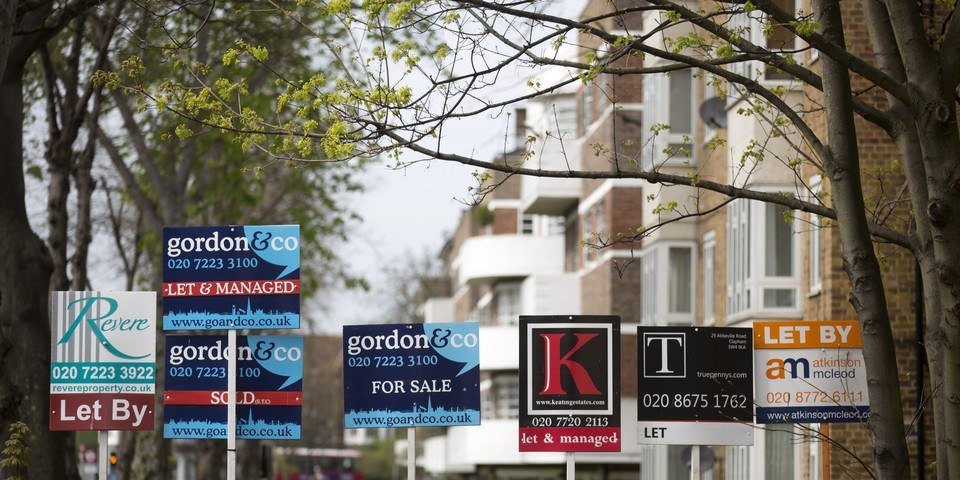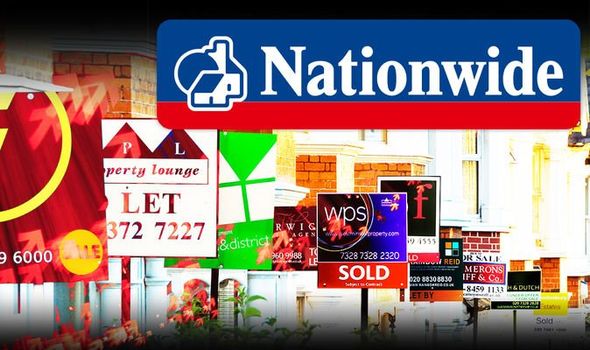LONDON (Reuters) - Sterling fell on Thursday against the U.S. dollar and euro as the Royal Institution of Chartered Surveyors said Britain saw in November the most widespread house price falls since early in the COVID-19 pandemic.
The Government has officially watered-down proposals for mandatory local housebuilding targets as it brings its flagship Levelling Up and Regeneration Bill back to the House of Parliament today.
Homeowners are having to settle for offers below their asking price as the UK housing market continues to slump.
Soaring rents have in effect made life unaffordable for private tenants across swathes of the UK, according to research undertaken for the Guardian.
With the Help to Buy scheme now closed to new applications and no sign of another Government-led replacement as of yet, many first-time buyers are feeling panic about the scarce options of support available to purchase a property. However, housebuilders and property investors are now offering solutions that many could benefit from.
The number of landlords selling up has risen by nearly 13% in four months, Sky News has learned.
Central bankers on both sides of the Atlantic raised hopes the battle against inflation is being won – but warned it was far from over.
The average house price fell by 1.4 percent month on month in November, marking the biggest drop since June 2020, according to an index.The average house price fell by 1.4% month on month in November, marking the biggest drop since June 2020, according to an index.
- Buyers Delay Property Purchases By 18 Months
- Why Investors Should Take Advantage of The Build to Rent Boom
- EPC Ratings Edging Closer
- 50,000 Landlords Have Left The Private Rental Sector Since 2019
- Fears For UK Property Market Collapse as US Houses Fall In Value
- Stark Warning Over Massive Rent Rises to Come
- Exodus of First-Time Buyers Halts UK Housing Market
- OBR Says House Prices Will Fall By 9% Over Next Two Years








